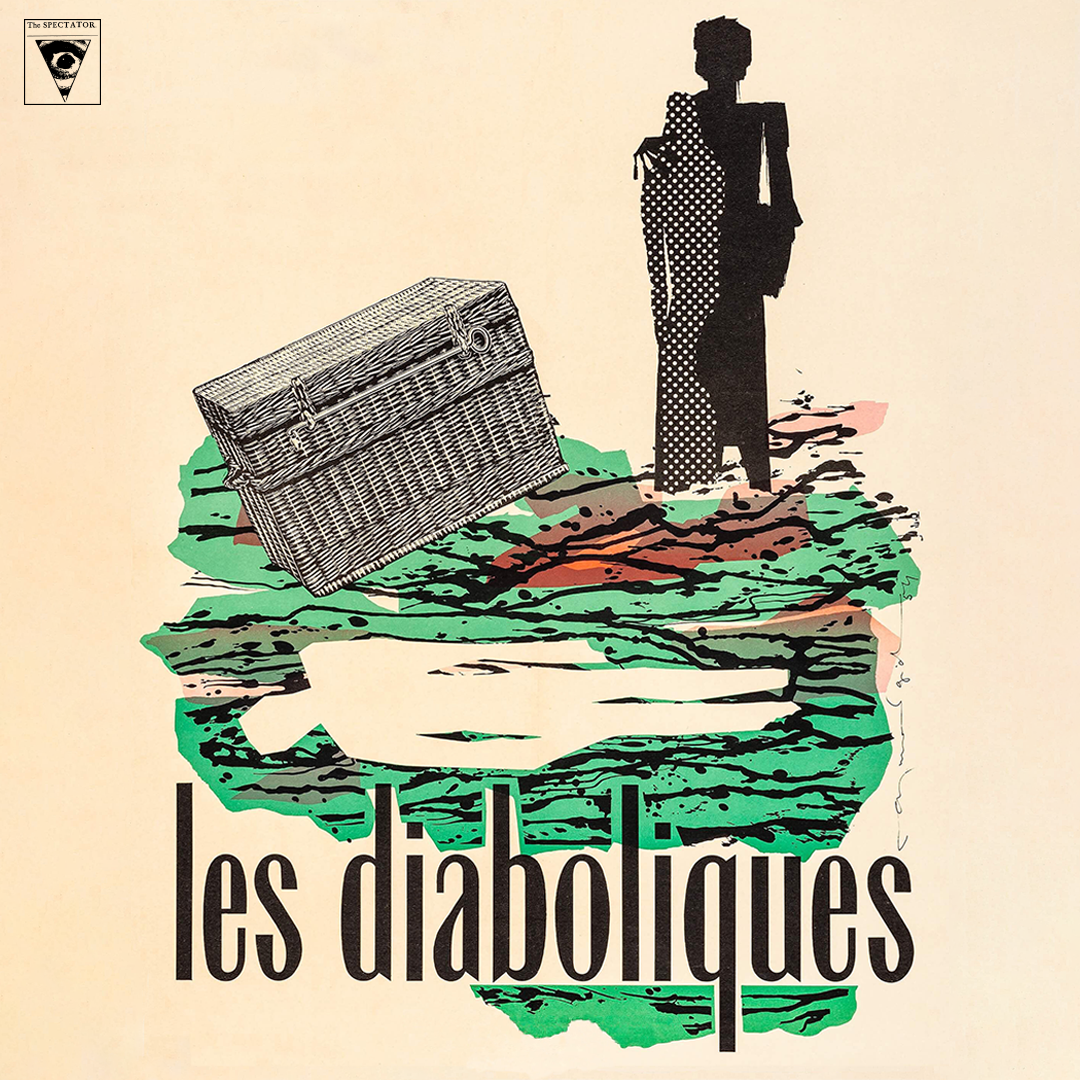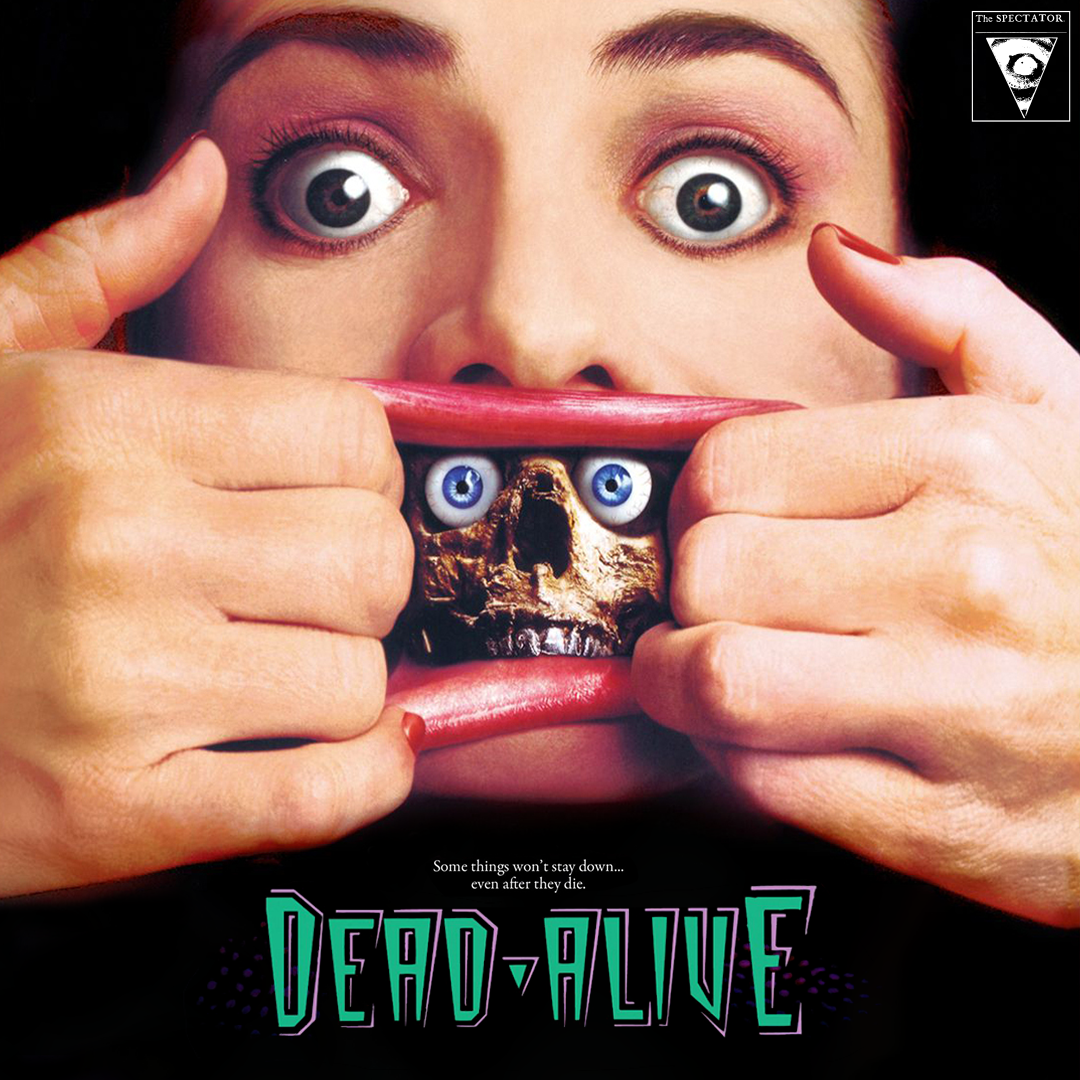This week on The Spectator Film Podcast... Un chien andalou (1929) 2.1.19 Featuring: Austin, Maxx Commentary #1 begins at 29:00 Commentary #2 begins at 49:02
"The surrealist technique consciously adopted by Buñuel and Dalí to produce the screenplay was that automatism... They freely adopted Surrealism's 'recipe' for producing an automatic text or drawing: take a blank sheet of paper or canvas, clear your mind of any preconceived theme or story, and write or draw anything that comes to mind, guarding against the intervention of reason" (9).
"Buñuel and Dalí's conscious and self-consciously mechanistic application of surrealist automatic techniques suggests a playful imitation of automatism... The claim that the script was produced quite spontaneously is further called into question when we consider Buñuel and Dalí's extensive knowledge of the cinema, and their experience in film production (Buñuel) and painting (Dalí). Indeed the deliberate eschewing of rational discourse on the one hand, and the pastiche and playful quoting of 1920's films on the other, suggest that the film was conceived in a dadaist spirit of pastiche and parody as much as genuine surrealist engagement with the exploration of the unconscious"(10).
"Such disruptions defamiliarize perception and destabilize the spectator, who is assaulted not only indirectly through the formal and narrative techniques enumerated above, but also quite directly, as in the violence of the eye-slitting scene... the confrontation with the female character as the active subject of the gaze. The spectator's initial passivity - encouraged by the intertitle 'Once upon a time' - is violently disrupted through the literal assault on her own eye" (42)
"The formal strategies of defamiliarization outlined above - the film's ellipses and interpolated shots, its spatial incongruities, irrational associations, rhythmic structures, fragmentation - impede naturalization. As a consequence normal perception of narrative as an organizing principle - the (chrono)logical succession of events, the verisimilitude of actions and characters - is impossible, and the processes of cinematic narration are foregrounded. In Un chien andalou the absence of diegetic coherence disorients the viewer." (42-43)
"With its literal visual aggression, the opening sequence shakes the viewing subject out of her passive mode of perception. Such an assault on stable spectatorial positions disrupts the symbolic order, problematizing standard consumption of the film, and allowing the irrational to express itself. Deprived of a firm anchor in a familiar narrative, the viewer is disoriented and hence open to the poetic qualities of the film. As a consequence the mind seeks alternative forms of linking" (43)

This week on The Spectator Film Podcast... Les Diabolique (1955) 3.15.19 Featuring: Austin, Maxx Commentary begins at 22:29 --- Notes --- We watched the...

This week on The Spectator Film Podcast... Turbo Kid (2015) 3.29.19Featuring: Austin, Maxx Commentary begins at 18:40

This week on The Spectator Film Podcast... Dead Alive (1992) 10.5.18 Featuring: Austin, Maxx --- Notes --- Men, Women, and Chainsaws: Gender in the...